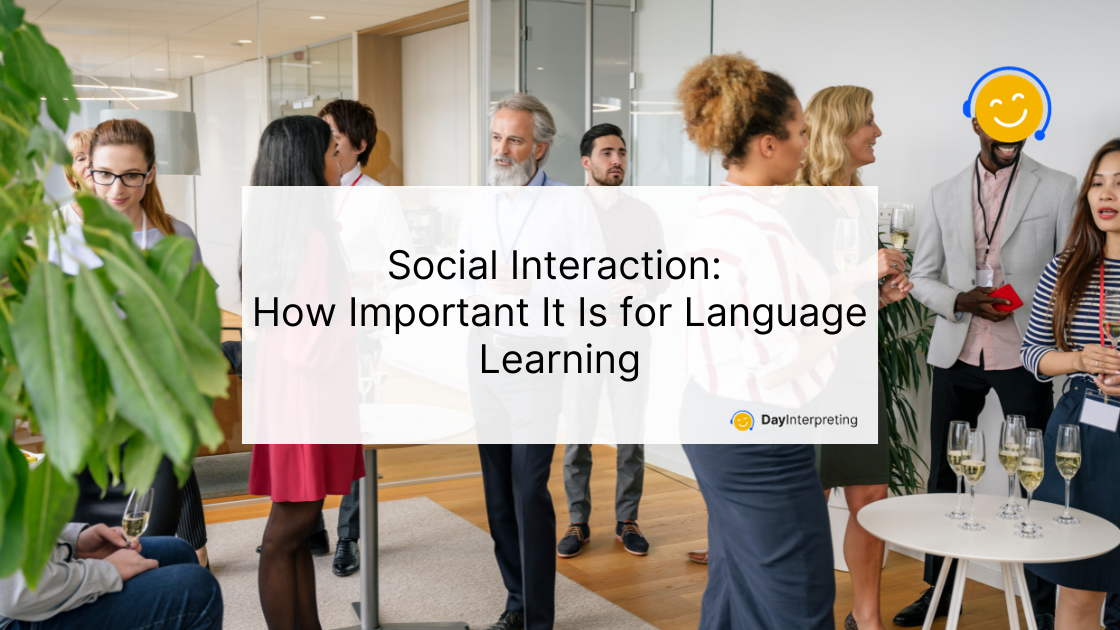Language acquisition is a multifaceted process that extends beyond the mere acquisition of vocabulary and grammatical rules. An often overlooked yet critical aspect of this journey is social interaction. In this article, we delve into the profound impact of social engagement on language learning, exploring the cognitive, emotional, and cultural dimensions that make it an indispensable component of mastering a new language.
The Cognitive Aspect
At the core of language acquisition is the development of cognitive skills. Social interaction provides learners with a dynamic environment where they can apply and reinforce linguistic knowledge in real-time. Conversations demand quick thinking, the ability to comprehend diverse accents and speech patterns, and the skill to respond appropriately. Through this cognitive exercise, learners enhance their linguistic agility, gradually transitioning from scripted responses to spontaneous and fluid communication.
Furthermore, the social context introduces learners to colloquialisms, idiomatic expressions, and informal language usage, aspects often absent from formal educational settings. Exposure to these nuances is vital for a well-rounded command of a language, as it bridges the gap between textbook learning and practical application.
The Emotional Dimension
Language learning is not a solitary pursuit; it is a shared endeavor that connects individuals through exchanging ideas and emotions. Social interaction imbues the learning process with emotional significance, creating memorable experiences that facilitate retention. Whether it’s the joy of successfully communicating a complex thought or the challenge of navigating a misunderstanding, emotional engagement deepens the roots of language learning.
The emotional bond formed through social interaction fosters a positive learning environment. Supportive language communities provide encouragement, motivation, and constructive feedback, essential elements for overcoming the inevitable hurdles in the language acquisition journey. The camaraderie within these communities creates a sense of belonging, making the learning process more enjoyable and sustainable.
The Cultural Connection
Language is a reflection of culture, and social interaction is the gateway to understanding and internalizing cultural nuances. Through conversations with native speakers, learners gain insights into cultural customs, social norms, and contextual appropriateness in language use. Exposure to diverse perspectives enriches their understanding of the cultural tapestry woven into the language.
Cultural competence is crucial for effective communication, especially in a globalized world where intercultural interactions are commonplace. Social engagement provides learners with the opportunity to navigate cultural differences, fostering not only linguistic proficiency but also intercultural sensitivity.
Final Thoughts
Social interaction emerges as a cornerstone in the edifice of language learning. It is more than a supplementary activity; it is the crucible in which linguistic skills are honed, emotions are invested, and cultural understanding is cultivated. Educators and learners alike should recognize the transformative potential of social engagement in language acquisition, harnessing its power to create not just speakers of a language, but true communicators who can navigate the intricate tapestry of human interaction. As we continue to explore innovative approaches to language education, let us not underestimate the profound impact of social interaction on the journey toward linguistic mastery.





0 Comments